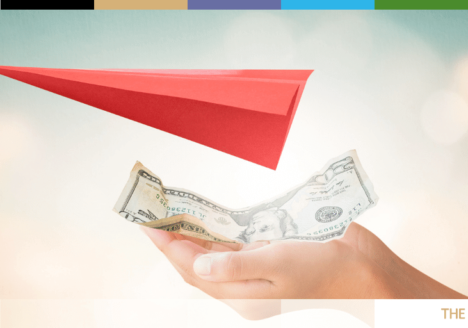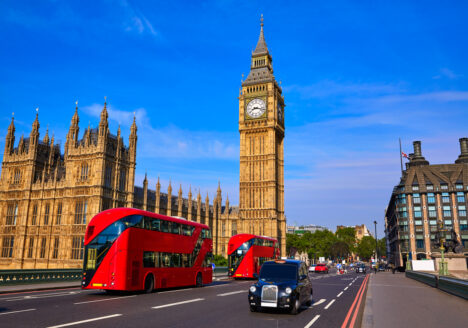Panacea Financial Secures $24.5M in Series B Funding to Expand Financial Services for Healthcare Professionals
Panacea Financial, a fintech firm catering to the financial needs of doctors and medical practices, has successfully secured $24.5 million in a Series B funding round. This significant capital injection, led by the international venture capital firm Valar Ventures, is set to propel Panacea’s growth within the medical community.
The infusion of funds will enable Panacea to expand its reach and enhance its offerings, including the development of a more robust and integrated financial platform tailored for healthcare professionals. The company plans to invest in its team, bringing together experts from the technology, finance, and healthcare sectors to drive its strategic initiatives.

Tyler Stafford, CFA, the CEO and Co-founder of Panacea Financial, expressed enthusiasm about the partnership with Valar Ventures, citing their proven track record in scaling fintechs and neobanks worldwide. Stafford is confident that this is just the beginning for Panacea, which aims to offer a diverse and comprehensive range of financial products and services to the healthcare sector.
Since its inception in 2020, amid the COVID-19 pandemic, Panacea has experienced remarkable growth, achieving GAAP profitability in FY2023. The company has doubled its revenues and maintained excellent credit quality, providing over $450 million in financing to doctors and their practices. Panacea has become the preferred financial partner for numerous medical, dental, and veterinary associations, representing 40% of all active doctors in the United States, surpassing its fintech rivals.
With this new round of funding and its sustainable growth trajectory, Panacea is on the verge of becoming the top financial services provider for a majority of US doctors, aiming to surpass the 50% mark as it continues to bridge the gap between healthcare and finance.
Andrew McCormack, Founder and Managing Partner at Valar Ventures, highlighted the firm’s commitment to innovative solutions that address the shortcomings of traditional industries. Valar’s substantial investment in Panacea underscores their belief in the company’s unique combination of healthcare insight and technological expertise to revolutionize financial services for doctors.



